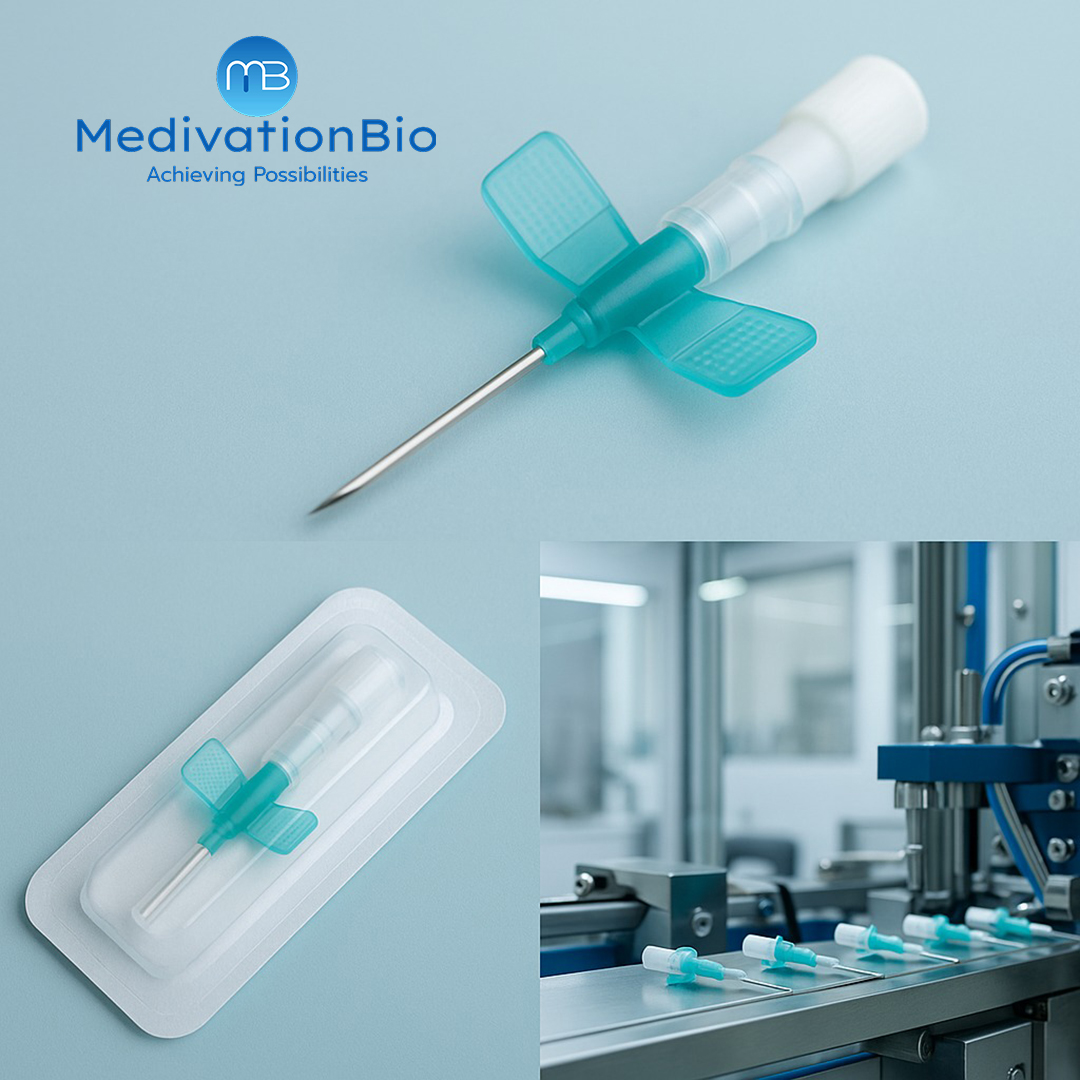
How Advanced IV Cannula Design Improves Safety and Clinical Outcomes
When it comes to patient care, few tools are as widely used or as critical as the IV cannula. From emergency resuscitations to routine drips, IV cannulas serve as the gateway for fluids, medications, and life-saving therapies. Yet, behind this small, seemingly simple device lies a world of precision engineering, safety innovation, and clinical insight.
Modern IV cannulas are not just tubes for infusion, they are precision-built devices designed to enhance safety, minimize infection, and improve patient comfort in every setting, from intensive care units to pediatric wards.
Understanding the IV Cannula
An IV cannula is a thin, flexible tube inserted into a vein to deliver medications, fluids, or nutrients directly into the bloodstream. Its components: needle, catheter, hub, wings, and cap, each serve a critical function. While the design seems simple, every element is optimized for performance, sterility, and user safety.
Today’s healthcare demands have made cannula design a science, balancing efficiency for clinicians with comfort for patients.
The Evolution of Design: From Metal Needles to Precision Plastics
Early infusion systems relied on rigid metal needles that caused discomfort and high infection risks. The evolution toward Teflon and polyurethane-based cannulas marked a breakthrough in biocompatibility and flexibility.
Newer materials such as PTFE (polytetrafluoroethylene) and polyurethane provide smooth insertion, minimal irritation, and compatibility with various medications. These innovations ensure that even in long-term infusions, vein health and patient comfort are preserved.
According to clinical reports, using flexible, biocompatible cannulas can reduce vein irritation by up to 35%, improving treatment adherence and reducing the need for reinsertion.
How Modern Cannulas Are Made: Precision Meets Safety
The manufacturing process for IV cannulas is a meticulous combination of engineering precision, sterile handling, and rigorous quality control.
1. Material Selection
High-grade medical polymers like PTFE and polyurethane are chosen for flexibility, strength, and compatibility. Every batch undergoes chemical and biocompatibility testing to ensure non-toxicity and patient safety.
2. Precision Molding & Needle Alignment
Using high-precision molds, the cannula’s catheter is shaped to ensure consistent wall thickness; vital for preventing kinking during insertion. The stainless-steel needle, often laser-ground for accuracy, is aligned perfectly with the catheter to enable smooth vein entry with minimal trauma.
3. Automated Assembly & Sterile Packaging
Modern assembly lines use automation and robotics to minimize human contact, ensuring sterility. Each cannula is ultrasonically cleaned, assembled, and sealed in sterile packaging before undergoing ethylene oxide (EtO) sterilization or gamma irradiation.
4. Quality Testing
Every batch is tested for flow rate, leak resistance, tensile strength, and insertion smoothness.
Built for Safety: Key Features of Next-Gen IV Cannulas
Today’s IV cannulas are designed with both patient and clinician safety in mind. Key safety features include:
-
Safety Needle Systems: Retractable or shielded needles reduce the risk of needle-stick injuries, which affect over 2 million healthcare workers globally each year (WHO).
-
Kink-Resistant Tubing: Ensures uninterrupted flow during movement or repositioning.
-
Atraumatic, Tapered Tips: Allow smoother insertion and reduce vein puncture trauma.
-
Color-Coded Hubs: Help clinicians identify gauge sizes quickly, minimizing procedural errors.
-
Hydrophobic Filters and Safety Valves: Prevent backflow and accidental leakage.
Such features not only enhance operational safety but also improve patient outcomes by minimizing reinsertion attempts and infection risks.
Aligning Innovation with Care
At MedivationBio, innovation in IV therapy focuses on reliability, safety, and user experience.
By integrating precision molding technology, advanced sterilization methods, and ergonomic design, MedivationBio’s IV cannulas reflect a commitment to clinical safety and patient comfort.
Product Strengths:
-
Engineered for consistent flow and precision performance
-
Safety-guarded designs that minimize occupational hazards
-
Biocompatible materials for reduced irritation and long-term use
-
Sterile, single-use construction to prevent infections
Applications:
-
Emergency and critical care units
-
Pediatric and geriatric infusion therapy
-
Post-operative recovery and long-term treatments
Final Thoughts
In healthcare, safety begins with design. A well-engineered IV cannula may be small in size, but its impact is immense; reducing errors, preventing infections, and enabling faster, more comfortable care. As infusion therapy continues to evolve, next-generation IV cannulas will stand as a symbol of precision, safety, and human-centered innovation, built to protect the people who give and receive care alike.
